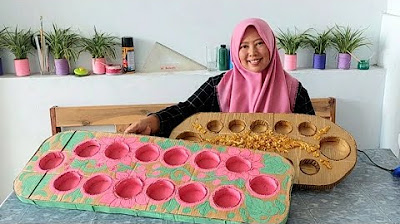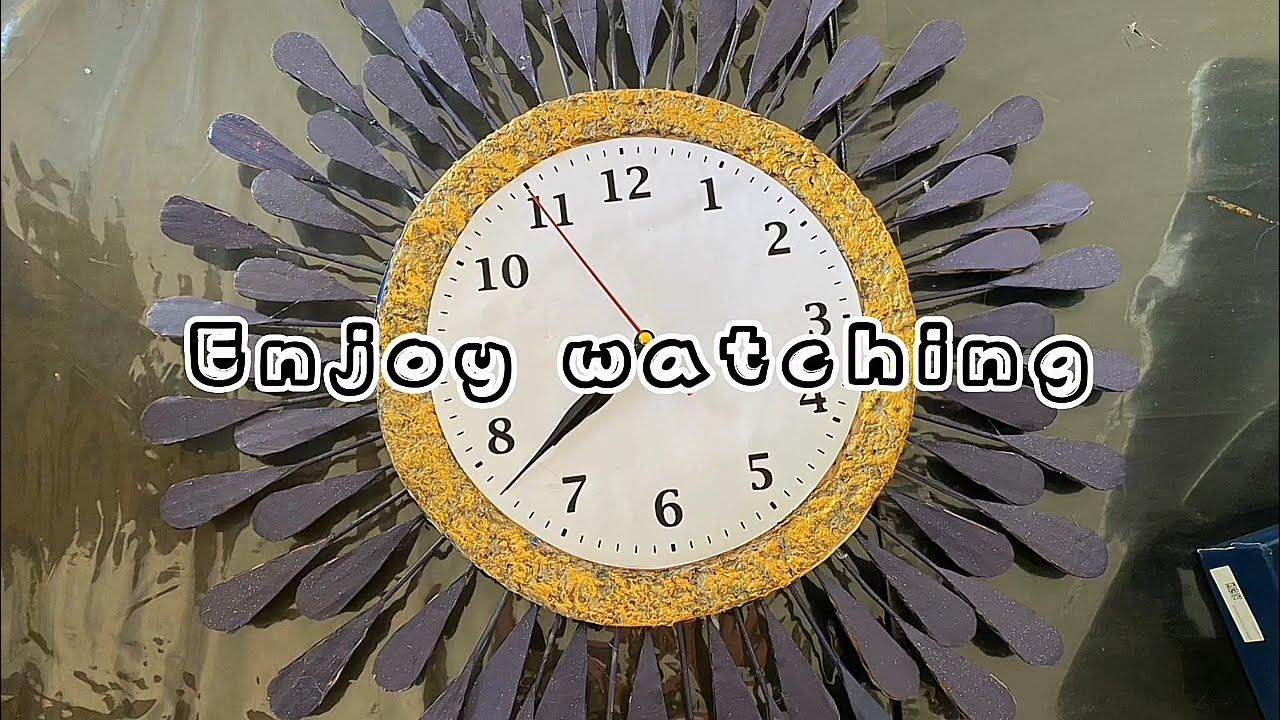How to Make a Plague Doctor Mask
Summary
TLDRThis video tutorial guides viewers through crafting a plague doctor mask using various materials like foam, elastic, and sunglasses. It covers steps from cutting foam templates to attaching sunglasses lenses, creating stitches, and painting the mask. The process involves precise cutting, gluing, sanding, heating for shaping, and adding ventilation with grommets. The final touch includes attaching an elastic band for a comfortable fit, resulting in a customizable and adjustable mask.
Takeaways
- 🛠️ Gather materials: Two millimeter foam, six millimeter foam, one-inch elastic, track lights, sunglasses, X-Acto Knife or scissors, blow dryer or heat gun, pen or marker, glue gun, Super Glue, hemisphere rivets, grommets, Dremel with a sanding tip, and toothpicks.
- ✂️ Cut templates: Print and cut out a template, then transfer it onto six millimeter foam using a pen or marker, and cut along the lines with precision tools.
- 🏷️ Label parts: Mark the back of each foam piece to avoid confusion and label them for later reference.
- 🔨 Sand edges: Smooth the edges of the foam pieces for a cleaner look using a Dremel or by hand.
- 🌡️ Heat shaping: Use a blow dryer or heat gun to heat the foam and shape it, such as curling the mask's beak.
- 👓 Integrate sunglasses: Slide the sunglasses lenses into the mask and secure them with glue.
- 🧵 Fake stitching: Create the appearance of stitches using foam strips and glue, applying them to seams for a realistic effect.
- 🕳️ Add ventilation: Mark and drill holes for grommets at the bottom of the mask for ventilation and style.
- 🎨 Paint the mask: Apply a base coat of spray paint and additional colors or effects, ensuring to protect the lenses.
- 🔗 Attach the elastic: Create an adjustable fit by attaching an elastic band using grommets and glue.
Q & A
What materials are needed to start this project according to the transcript?
-The materials needed include two millimeter foam, six millimeter foam, one inch elastic, track lights, sunglasses, an X-Acto Knife or scissors, a blow dryer or a heat gun, a pen or marker, a glue gun, Super Glue, hemisphere rivets, grommets, a Dremel with a sanding tip, and toothpicks.
Why is an X-Acto Knife recommended for cutting the foam in this project?
-An X-Acto Knife is recommended for cutting the foam because it allows for more precise cuts, especially in hollow areas like the eye, which is important for the detail and accuracy of the mask.
How does the transcript suggest marking the foam pieces to avoid confusion during assembly?
-The transcript suggests marking the back of each foam piece with a pen and labeling one as 'beak A' and the other as 'beak B' for later reference during assembly.
What tool is used to sand down the edges of the foam pieces for a cleaner look?
-A Dremel with a sanding tip is used to sand down the edges of the foam pieces for a cleaner look.
How does the transcript describe the process of attaching the beak pieces to the mask?
-The transcript describes attaching the beak pieces by applying glue to the top of beak part A, lining up part B, and pressing firmly until the glue cools. It's recommended to work in small sections, starting from the tip of the beak and working towards the back.
What method is used to create a curled effect on the foam mask?
-A blow dryer is used to heat up the foam and give it a curled effect.
How are the sunglasses lenses integrated into the mask according to the transcript?
-The sunglasses lenses are slid into a gap in the mask and then glued in place.
What is the purpose of the thin strip of two millimeter foam that is placed between the eyes?
-The thin strip of two millimeter foam is used to cover the seam between the eyes and is glued in place.
How does the transcript describe the process of creating fake stitches on the mask?
-The process involves making dots along the seam with glue, cutting long strips of two millimeter foam into one inch pieces, applying glue to the backs of these pieces, and then using a toothpick to jam each end into the pre-made holes to create the appearance of stitches.
What is the purpose of the holes at the bottom of the mask, and how are they made?
-The holes at the bottom of the mask are for ventilation and aesthetic appeal. They are made by marking the placement for the grommets, drilling out the holes with a Dremel or an X-Acto Knife, and ensuring the grommets fit.
How does the transcript suggest attaching the elastic band to the mask for wearing?
-The elastic band is attached by hot gluing a 12-inch piece of elastic around one end of a tri-glide, repeating for the other, and then gluing the ends on the inside of the mask at eye level.
Outlines

هذا القسم متوفر فقط للمشتركين. يرجى الترقية للوصول إلى هذه الميزة.
قم بالترقية الآنMindmap

هذا القسم متوفر فقط للمشتركين. يرجى الترقية للوصول إلى هذه الميزة.
قم بالترقية الآنKeywords

هذا القسم متوفر فقط للمشتركين. يرجى الترقية للوصول إلى هذه الميزة.
قم بالترقية الآنHighlights

هذا القسم متوفر فقط للمشتركين. يرجى الترقية للوصول إلى هذه الميزة.
قم بالترقية الآنTranscripts

هذا القسم متوفر فقط للمشتركين. يرجى الترقية للوصول إلى هذه الميزة.
قم بالترقية الآنتصفح المزيد من مقاطع الفيديو ذات الصلة

How to STOP THROWING YOUR LEAD and END THE GAME as Jungle - League of Legends Guide

DIY Squishy Toy Creation: Fun & Easy! 2024 12 31 #DIYSquishy #CraftingFun #StressRelief #SquishyToys

Making Power's Horns - Chainsaw Man Cosplay Tutorial

Cara membuat papan dakon, congklak dari bahan kardus bekas.

MAKE A SPOOKY MASK WITH ME!!!

Vidio tutorial pembuatan jam dinding merak dari limbah sampah oleh (kelompok 2 ,Kelas X1)
5.0 / 5 (0 votes)
